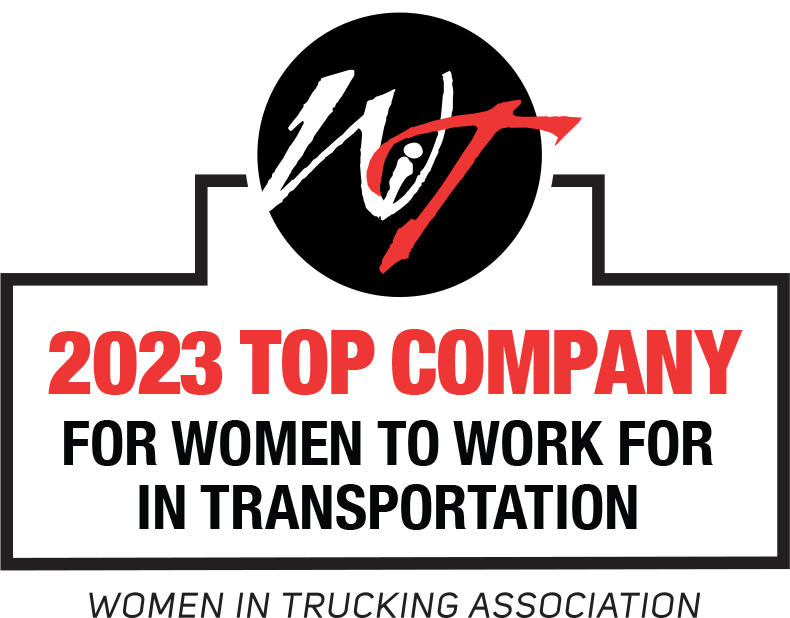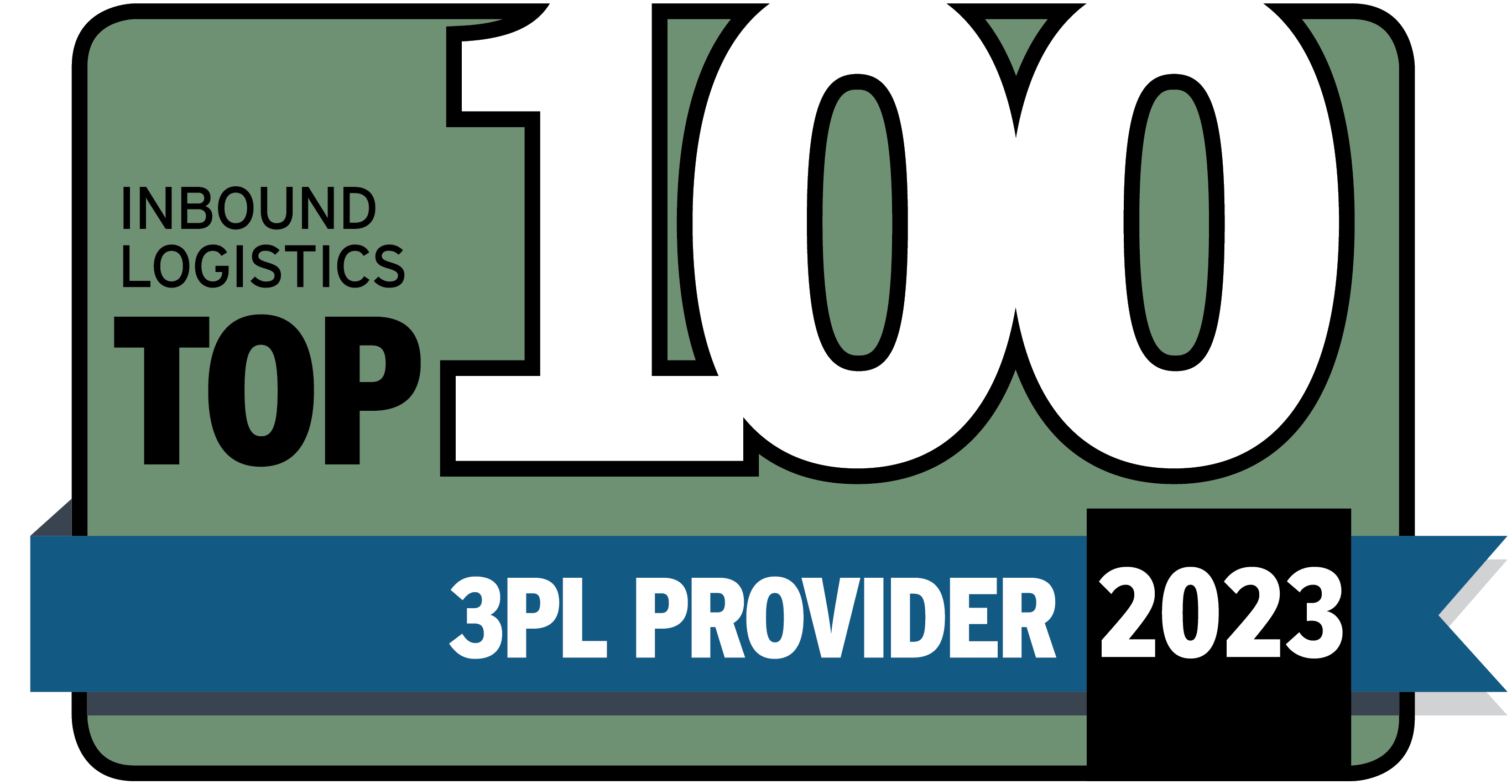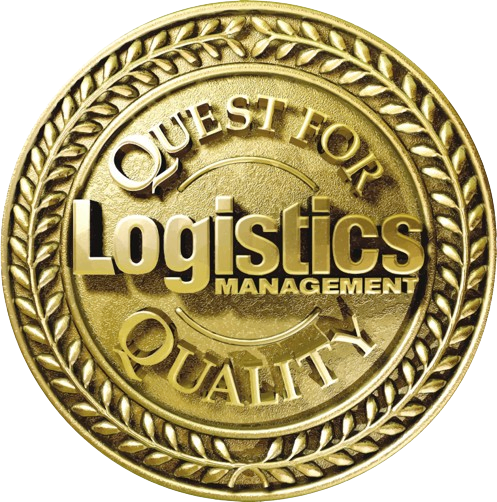There are some years when NFL referees are more “penalty happy” than others. (Hello 2021, we’re talking to you!).
Those of us who work in the supply chain industry can absolutely relate, because lately many LTLs have started throwing their own version of yellow flags – aka applying extra accessorial fees – far more often.
We began seeing evidence of this trend last year. And we reported as much in the Q1:2023 release of our freight index.
So what, exactly, has prompted this shift? Are LTL shippers really sending that many more high-maintenance, misclassified or heavier-than-reported shipments? Have LTLs suddenly begun to notice many of their clients’ costly freight characteristics that they previously overlooked? Or is it a sign of a change in the way carriers have decided to apply certain longstanding rules?
You’ll find the answers to those – and many other common Freight Audit and Payment (FAP) questions – in the FAQs below. Happy reading, and happiest of football seasons to everyone.
Let’s kick this off with an easy question. When people say that today’s LTL invoices contain a higher percentage of accessorial fees, what kinds of fees are they talking about?
The fees that were initially put in place to help LTL carriers cover the cost of the additional time, trouble or resources required to handle certain kinds of shipments – including those that are oversized or residential, heavier than reported, require re-delivery, have a longer-than-usual dwell time or require inside delivery.
Each of these kinds of shipments have the potential to disrupt optimal loading or delivery flow, so these charges are essentially the carrier’s way of re-leveling the playing field.
Has there been a substantial increase in these types of shipments over the last year?
No. But now that the dust from the last few ultra-busy years has settled, carriers now have more time to more closely monitor customers’ shipments and they can no longer rely on freight increases alone to boost their profit margin.
Accessorial fees can be huge revenue generators, adding anywhere from $1,000 to $5,000 to the price of a shipment. So, if an LTL carrier can find even one accessorial fee that previously went uncharged, it can make a big difference to its bottom line, especially if there’s also a punitive, change or inspection fee attached.
Why is that a concern? After all, if everyone knows what the rules are (i.e. what accessorial charges are and when they apply). Should they really be surprised when they see those charges reflected on invoices?
Much like football officials and their penalties, carriers have some degree of subjectivity when it comes to accessorial fees, deciding to apply some more diligently and consistently than others.
They appear to be more actively looking for reasons to issue additional charges – including performing more in-transit inspections and marking more deliveries as residential. And unfortunately for shippers, they don’t always get these “calls” right.
Why do you say that?
We’re not just seeing an increase in percentage of accessorial charges on invoices. We’re also seeing a substantial uptick in accessorial charges that are inaccurate or unmerited. Case in point: Last year at this time we were short paying 2.5% of the LTL invoices we processed. Now we’re short paying 3.5 to 4%.
And much of that is attributable to this new development?
From what we can tell, yes.
Is there anything shippers can do to help offset this?
They can start by revisiting and re-verifying every Bill of Lading, especially the freight classification, shipping address and delivery designation. It would also behoove them to double- and triple-check their weights and shipping measurements before sending shipments out allowing them to more effectively refute claims that any of these details were erroneous and the carrier will rarely if ever find an error or oversight that they can charge for.
Shippers should also consider investing in tighter FAP inspection processes. As we’ve often said, up to 20% of freight invoices contain some sort of billing error, and those errors usually aren’t ones that are made in a shipper’s favor. Like an NFL official’s ability to view an instant replay to make sure a flag deserved to be thrown, it’s your best way to ensure that you’re only charged for the “good” accessorial charge that your LTL carriers make.
For more information, drop us a line. As a carrier-agnostic 3PL, we manage and measure $1.2 billion worth of LTL spend on behalf of numerous clients, and we’d be happy to weigh in on the game plan for yours.












